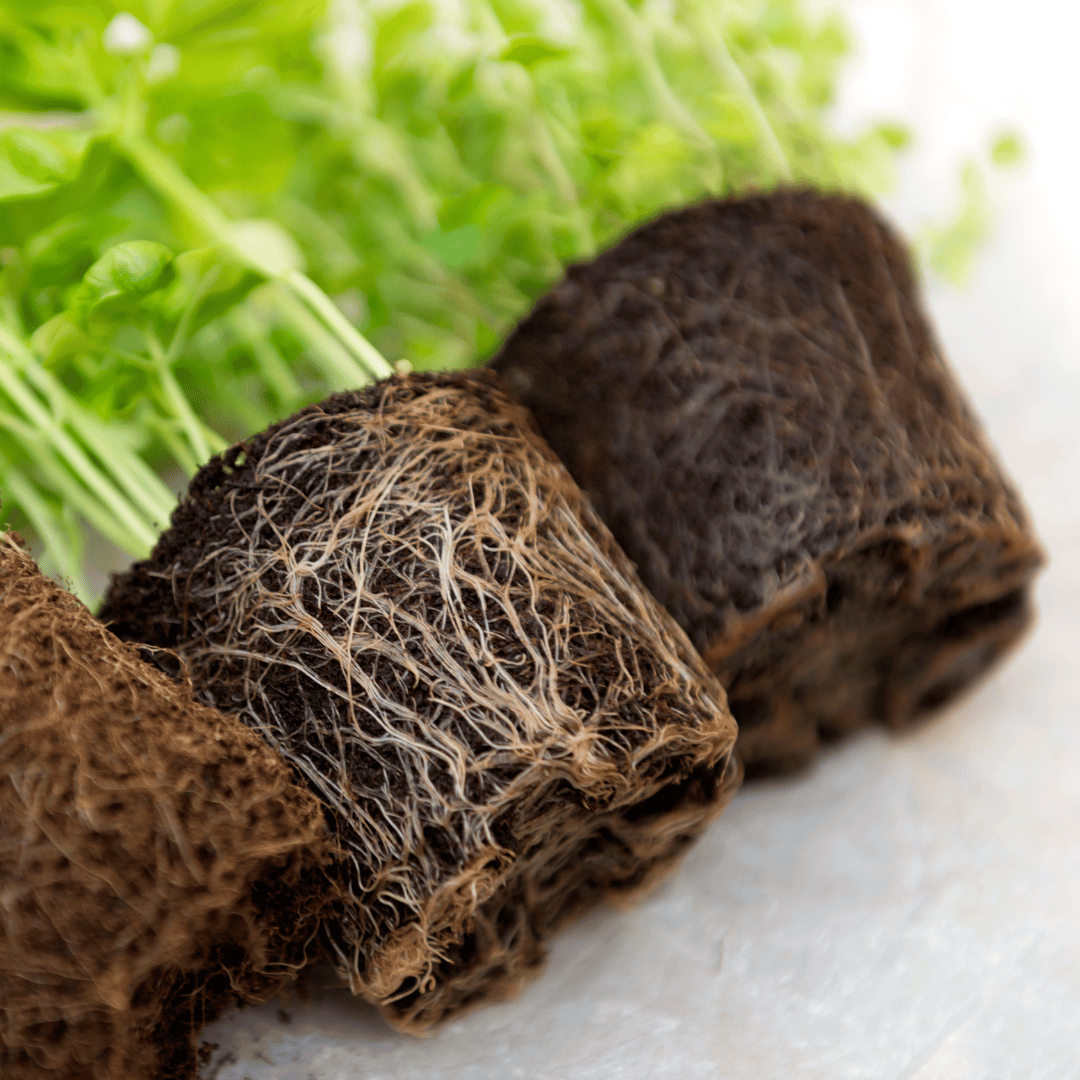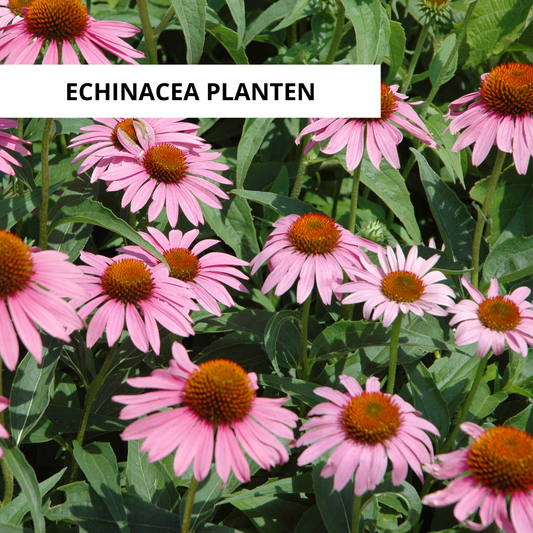
What should you do about root rot in your houseplants?
Share
In this blog post, we’ll discuss what root rot is, what causes it, and what you can do to prevent it. We’ll also explore the symptoms of root rot and discuss what to do if your plant is already infected.
What is Root Rot?
Root rot is a fungal infection that attacks the roots of a plant, causing them to rot and eventually die. This can lead to wilting, discoloration, and eventually death of the plant. These fungi can attack the roots of the plant, causing them to become waterlogged and soft, and eventually die.
Causes of root rot
There are several factors that can contribute to root rot in plants. Some of the most common causes include:
-
Overwatering: One of the most common causes of root rot is overwatering. When a plant is overwatered, the roots can become waterlogged, creating an ideal environment for fungal growth.
-
Poor Drainage: If the soil your plant is growing in has poor drainage, water can pool in the root zone, leading to root rot.
-
Poor soil quality: Soil that is too heavy, dense or compacted can lead to poor drainage and root rot. Need new potting soil? Find the perfect type for your plant here.
-
Poor Air Circulation: A lack of air circulation can lead to humid conditions, which are ideal for the growth of fungi that cause root rot.
Preventing root rot
To prevent root rot, it is important to take steps to ensure that your plant's roots remain healthy and protected. Here are some tips to prevent root rot:
-
Give your plants the right amount of water: It is important to give the right amount of water so that the soil does not become too moist and the roots are not exposed to moisture that could damage them.
-
Ensure good drainage: Ensure good drainage in the soil in which your plants grow, for example by making holes in the bottom of the pot or by regularly changing the soil.
-
Use quality soil: Invest in high-quality soil for your plants so they can root well and not be hindered by poor soil quality.
-
Provide adequate air circulation: Provide adequate air circulation to prevent the environment from becoming humid, which is favorable for mold growth.
Symptoms of root rot
If your plant has root rot, there are a few symptoms you may notice. Here are some signs that your plant has root rot:
-
Wilting: If your plant's leaves are wilting, they may not be able to absorb water and nutrients, which could indicate root rot.
-
Discoloration of Leaves: If your plant's leaves become discolored or withered, this could also be a sign of root rot.
-
Softer and smelly roots: If you lift your plant's pot and notice that the roots are softer or smell different than normal, this could be a sign of root rot.
What to do about root rot
If your plant has root rot, it is important to act quickly to prevent the infection from spreading and killing the plant. Here are some steps you can take to save your plant:
-
Remove damaged roots: Remove as many damaged roots as possible, so that the infection cannot spread further. You can often easily remove dead roots by rubbing. Rinse the roots well!
-
Use fungicide: Treat the soil and remaining roots with a fungicide to prevent the growth of the fungus.
-
Refresh the soil: Refresh the soil and place the plant in a clean, dry pot with fresh soil to reduce the chance of root rot.
-
Provide proper care: Give your plant proper care, such as the right amount of water and light, and make sure the soil drains well to promote healthy growth.
Root rot is an annoying problem that can affect the health of your plants and even lead to the death of your plants. By knowing how to prevent and treat root rot, you can keep your plants healthy and prevent them from being affected by this harmful condition. Make sure to provide proper care, such as the right amount of water and light, and change the soil occasionally to prevent your plants from being affected by root rot.


